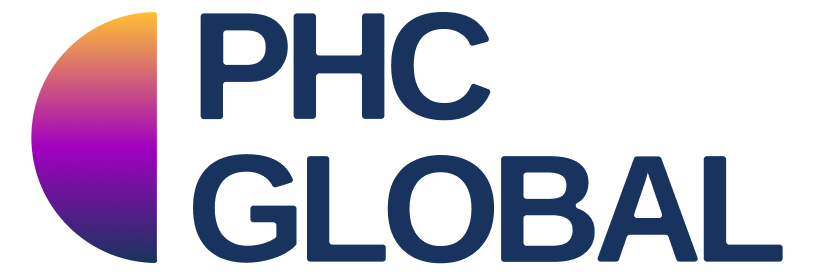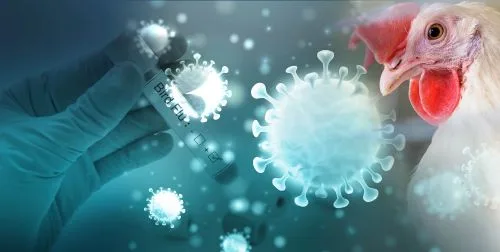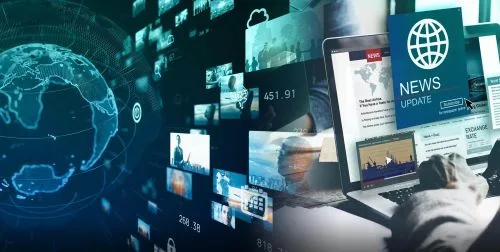The world of global risk management is constantly evolving. Since senior security leaders play a pivotal role in safeguarding their companies’ assets, it’s important to stay aware of major developments as they unfold. The only constant is the fact that nothing will stay the same for long.
The Biosecurity Landscape: Constant Change Is The Norm
Your job would be easier if the threats posed by biosecurity remained consistent from one day to the next. Unfortunately, they don’t. Here are the most important elements that can change threat levels.
Pandemics and Emerging Diseases
Infectious diseases can profoundly impact your business’s health and survival. The COVID-19 pandemic underscored this fact for business leaders worldwide. During the pandemic, we watched as supply chains, workforce availability and operational continuity fell apart before our eyes. You can’t control when the next pandemic will strike. But you can engage in strategic preparedness and response planning so it won’t take you by surprise.
Bioterrorism
Technology is evolving at breakneck speed. Of course, technological advancements can make our jobs easier and the future brighter. But they also mean that the threat of bioterrorism has never been more sobering. You’re at the forefront of ensuring your organization is fortified against intentional biosecurity threats.

Environmental Factors
Our climate is changing rapidly, and it will continue to do so. Environmental degradation, driven by human activity, poses a significant threat to your business continuity in years to come. This threat is indirect, yet profound. Our changing climate is creating conditions that make the emergence and spread of diseases more likely on a global scale. A comprehensive risk management plan will consider the direct and indirect impacts of climate change on your enterprise.
Human Factors
Population density is increasing as global population grows. Wars and migrations make more people vulnerable to exposures. Global interconnectedness through air travel, trade, and other means creates opportunities for biosecurity threat spread. All of these issues are constantly evolving. They demand your enterprise have the readiness and adaptability to handle such events.
What Do These Threats Mean For Me?
As a business leader, you should take these threats personally. What will they demand from you?
Strategic Leadership
You can’t formulate a comprehensive crisis management strategy without recognizing and addressing biosecurity threats. Today’s business world is more uncertain than ever – strategic leadership is what it takes to maintain a competitive edge.
Operational Resilience
Your clients, employees and investors are watching to see how your enterprise navigates the next crisis. Implementing effective biosecurity risk management solutions is the best way to maintain operational resilience. Your company’s financial stability and operational continuity are at stake.
Reputation Management
It’s impossible to put a dollar amount on your business’s reputation. COVID-19 reminded us that mishandling biosecurity threats can have a long-lasting impact on your reputation. When you prioritize biosecurity risk management, you position your enterprise to protect its image in the long term.
Employee Safety and Well Being
Today’s employees often refuse to work in environments that jeopardize their health. If you want to attract and maintain top talent, you’ll need health and safety protocols that can adequately safeguard your workforce.
Compliance and Regulation
Regulations relating to biosecurity don’t stay the same from one year to the next. If you fail to stay in touch with the changing face of biosecurity threat management, you could fall out of compliance and face legal and financial consequences.
How Can I Stay Up To Date?
Maintaining flexibility and fluidity is key to navigating the rapidly evolving biosecurity landscape. How can you jumpstart your organization?
Engage in Comprehensive Risk Assessment
You’ll need to perform a comprehensive risk assessment that focuses specifically on biosecurity. This will identify potential vulnerabilities within your organization and its supply chain.
Develop a Strategic Plan Using Cutting-Edge Technology
Begin with your existing security protocols, and develop a strategic plan for biosecuritymanagement. Your plan should include both reactive and proactive measures, and you should employ the best tools available in your decision making.

Collaborate With A Wide Array Of Experts
When you engage with experts, public health authorities and industry peers, you get to stand on their shoulders. Get your organization involved in sharing insights and best practices about emerging threats.
Provide Practical Training and Education
A knowledgeable workforce is a prepared workforce. Invest in training programs for your entire team, and your organization will be better prepared to meet biosecurity threats effectively.
Adopt The Latest Technological Solutions
Yesterday’s biosecurity management solutions can’t solve today’s problems. You need a platform that provides actionable, data-driven insights in order to plan a swift and coordinated response.
Staying Ahead of the Game With PHC’s Global Threat Tracker

Are you looking for the best tool to protect your enterprise from the next biosecurity?
Look to our Global Threat Tracker, the newest feature of the PHC Pharos platform. It enables your enterprise to understand biosecurity risks and respond early. You can track one location or all of your locations using filters for COVID-19, RSV, influenza and other risks.
The alerts and recommendations in the Global Threat Tracker are based on our experts’ knowledge of information sources and disease spread. Working with some of the best software engineers and technology specialists, our epidemiologists and infectious disease experts are the core of everything we do.
You can receive information from PHC Global through the stand-alone Pharos platform. Or Pharos can deliver data directly to your dashboards or systems securely via API, REST or GRPC protocols.
Watch our demo to learn more about the Global Threat Tracker.



